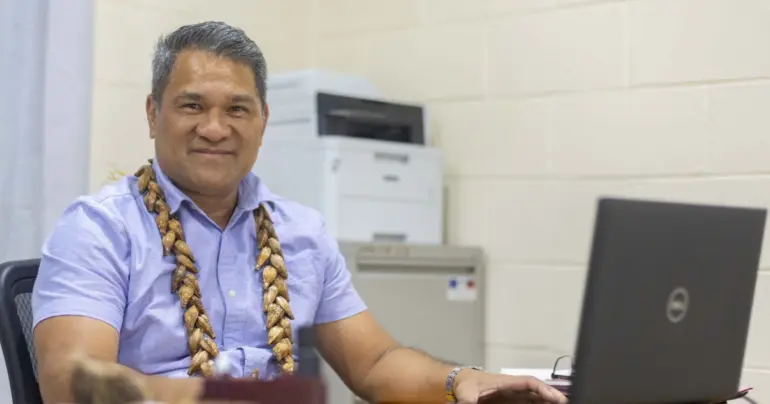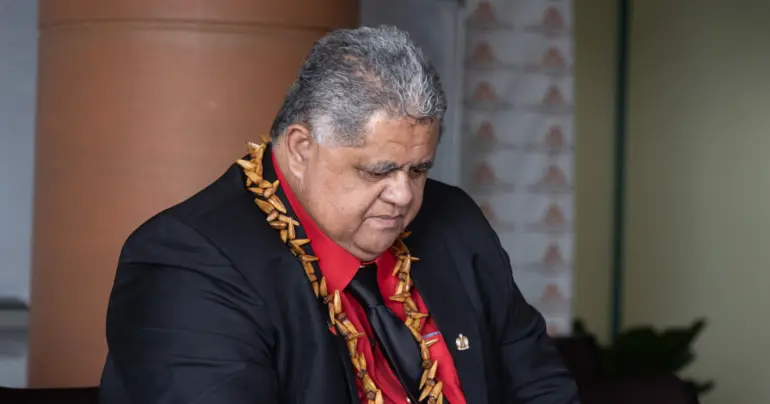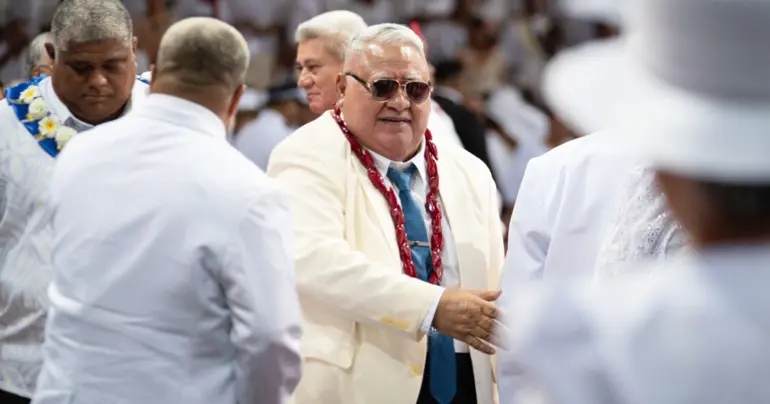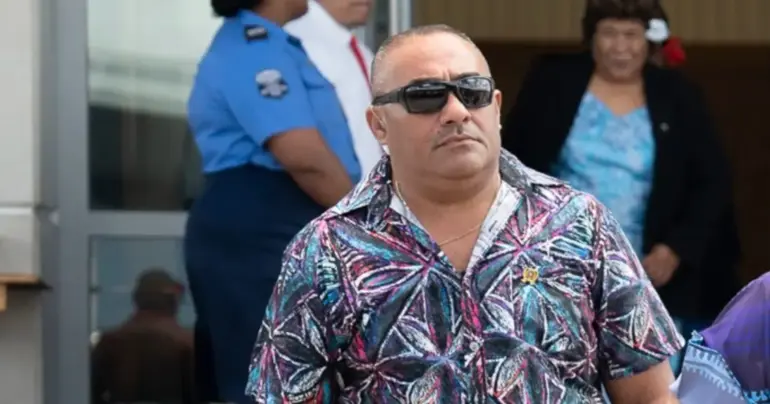Make Uafato a lifetime conservation area
 By Fuimaono Lumepa Hald
•
03 July 2022, 12:38AM
By Fuimaono Lumepa Hald
•
03 July 2022, 12:38AM
The Uafato area on Upolu Island is of cultural and archaeological significance to Samoa and should become a permanent conservation area, according to local conservationists.
That is the view of the Samoa Conservation Society President James Atherton, which was captured in a management plan of the area, which he co-authored with Francois Martel and published in 1996.
Mr Atherton wrote that the Uafato area was one of the first areas to be settled in Samoa, which could be around 2,500 to 3,000 years ago based on research by archaeologists Davidson and Green.
“The site where the clay was harvested is sacred and is located near Cape Utuele, ‘ele’ being the Samoan word for clay,” the S.C.S. President stated.
“The historical importance of this area is indicated by the fact that evidence of former villages are found in every bay between Uafato and Tiavea.
“These villages have all been abandoned and settlement has contracted to the current villages.”
Highlighting the natural features of the human settlements, Mr Atherton made reference to a scenic dramatic mountainous location.
"The rugged topography of the Uafato and Fagaloa areas has strong scenic attractions,” he wrote.
“Scenically, it is perhaps the most dramatic area of mountainous country in Samoa.
“The scenic attraction of the mountains is enhanced by the numerous waterfalls which cascade down the mountainsides, especially in wet weather.
“Some of these waterfalls are accessible from the village and two in particular may have potential for development as recreational sites."
There are also legends connected to the area according to the S.C.S. President and conservationist.
Such as the ancestral god called Moso which Mr Atherton said has connections to a number of historical sites in the conservation area.
"A number of historic sites are located in the conservation area, many of these historic sites are associated with ancient legends,” the conservationist wrote in the management plan.

“The ancestral God Moso for example is said to have caused a whole flock of chickens to turn to stone (vavau).
“These stone chickens can be seen on the beach on the western side of Uafato Bay.”
The lushness of the tropical rainforest in Uafato also makes it a biodiversity hotspot according to Mr Atherton.
"The Uafato forest is one of the best remaining examples of coastal rain forest in Samoa and is unusual in having a closed canopy, harbouring relatively large numbers of birds and bats and stretching uninterrupted from the mountain tops right down to the sea.
“The marine component of the conservation area includes regenerating reefs with some interesting coral formations and potential for scuba and skin diving.
“The combination of intact rainforest, rugged topography, accessible waterfalls, considerable species diversity, coral reefs and unique cultural features gives the Uafato area significant recreational value and potential for ecotourism development.”
Mr Atherton also highlighted the fact that the Uafato area currently plays host to a key project to protect Samoa’s national bird, the Manumea.
"Uafato is a ‘Manumea friendly village’ that has banned pigeon hunting and manages a forest conservation area to safeguard its natural resources," he said.
"S.C.S has been working at Uafato since 2017 and today we wrapped up one of our projects, funded by Biopama, and started planning our next project.
“One thing we have learned is that conservation is a lifelong commitment and we hope to continue to support Uafato for many years to come.”
The SCS Threatened Species Conservation Officer, Moeumi Uili, told the Samoa Observer that the project is a blessing despite its many challenges as it allows her to work closely with the local community.
It is a blessing but also very challenging in so many ways but where there is a heart there is a way,” said Ms Uili.
“People need to understand your message but not all will accept it so you have to have a lot of patience and care to find the right people to work with.
“As conservationists, we need to be passionate about working with our people and also come to accept some of the challenges they face, find a solution to be able to work together, not only try to understand the team members but also learn about the environment.”
 By Fuimaono Lumepa Hald
•
03 July 2022, 12:38AM
By Fuimaono Lumepa Hald
•
03 July 2022, 12:38AM











